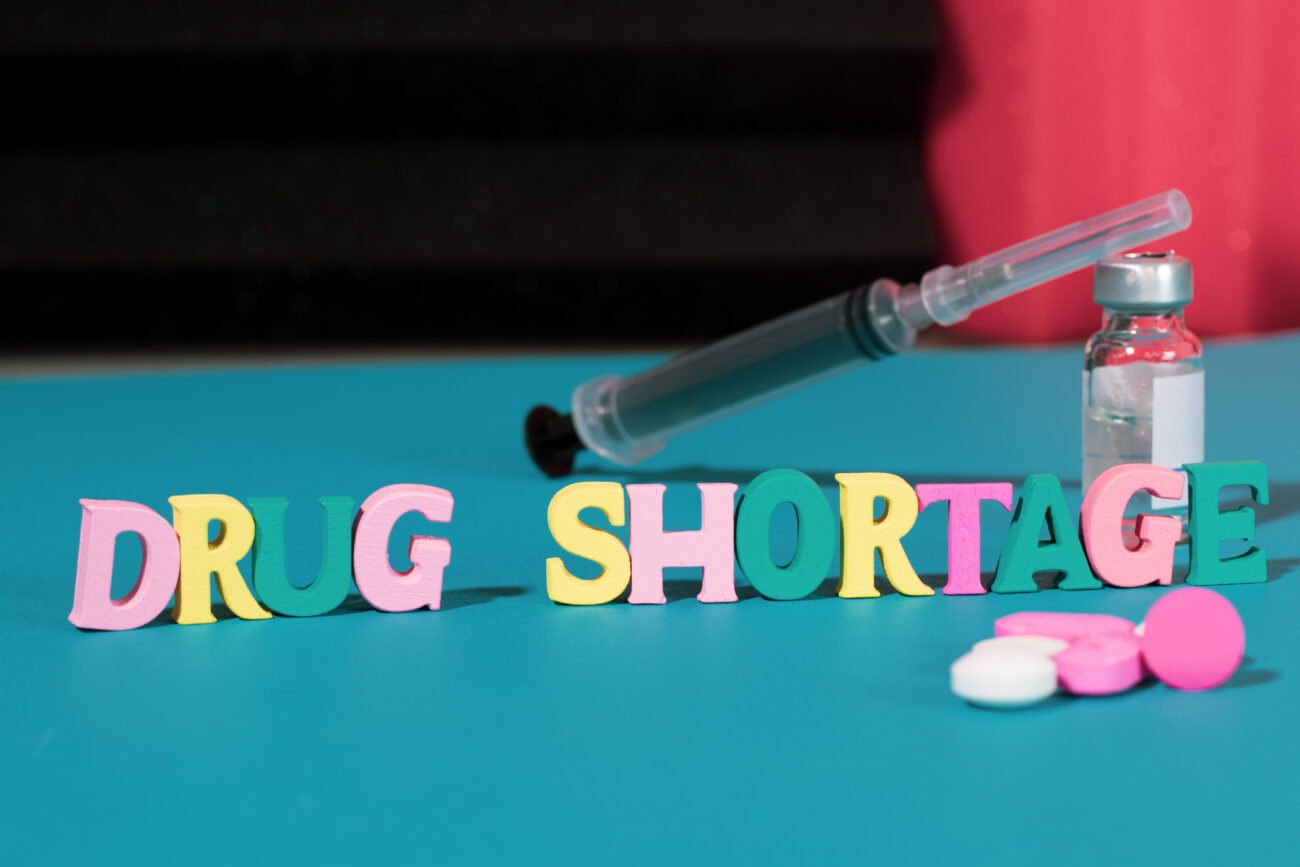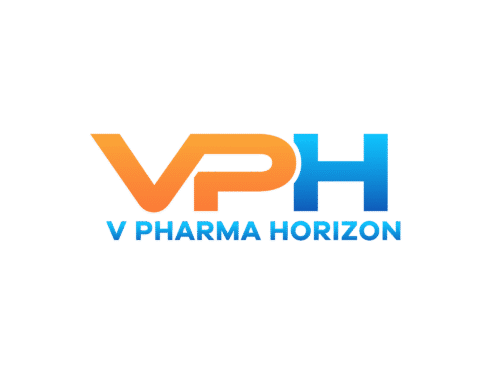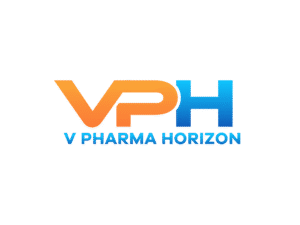How Predictive Analytics Is Reducing Drug Shortages
Drug shortages have long been a chronic challenge in global healthcare systems, threatening patient care and straining hospital resources. From manufacturing disruptions and supply chain inefficiencies to sudden demand surges and regulatory bottlenecks, the causes

Drug shortages have long been a chronic challenge in global healthcare systems, threatening patient care and straining hospital resources. From manufacturing disruptions and supply chain inefficiencies to sudden demand surges and regulatory bottlenecks, the causes are diverse and complex. However, a new era of data-driven resilience is emerging, led by predictive analytics.
By leveraging historical data, machine learning algorithms, and real-time inputs, predictive analytics is empowering pharmaceutical companies, distributors, and healthcare providers to foresee disruptions, optimize inventory, and minimize the risk of critical shortages.
Understanding the Root Causes of Drug Shortages
Traditionally, the pharmaceutical supply chain has operated in a reactive mode. Manufacturers may be caught off guard by spikes in demand due to disease outbreaks or public health emergencies. Meanwhile, limited visibility into suppliers’ production schedules or quality issues can delay manufacturing without warning. The impact is felt downstream — in hospitals and pharmacies where essential drugs may suddenly become unavailable.
These supply-demand mismatches are further complicated by globalized sourcing, just-in-time inventory models, and fragmented communication between stakeholders. In this environment, predictive analytics offers a transformative shift — from reactive to proactive planning.
The Predictive Advantage: Anticipating Disruption Before It Happens
Predictive analytics uses statistical models and machine learning to identify patterns and trends that signal potential shortages. Here’s how it’s making a difference:
1. Demand Forecasting Beyond Seasonality
Advanced analytics platforms integrate historical sales data, epidemiological trends, weather patterns, and social media signals to predict demand more accurately. For instance, an uptick in flu-related searches can serve as an early indicator of increased antiviral medication needs. These insights help manufacturers ramp up production and distribution in advance.
2. Supplier Risk Monitoring
Algorithms can flag early signs of trouble — such as geopolitical unrest, regulatory violations, or financial instability — among raw material suppliers. This allows companies to diversify sourcing strategies before a disruption turns into a crisis.
3. Inventory Optimization Across the Network
Hospitals and pharmacies use predictive tools to maintain optimal stock levels, avoiding both overstock and stockouts. Real-time data sharing enables coordinated replenishment, reducing waste while ensuring availability.
4. Scenario Planning and Contingency Modeling
By simulating various “what-if” scenarios — such as factory closures, transportation delays, or sudden disease outbreaks — pharma companies can stress-test their supply chains. This allows them to proactively develop contingency plans and mitigate risks before they escalate.
Real-World Impact
In the United States, the FDA’s Drug Shortages Task Force has encouraged the use of predictive analytics among manufacturers to enhance early warning systems. Some large health systems, like the Mayo Clinic and Cleveland Clinic, are already using predictive dashboards to flag potential shortages weeks or even months in advance, allowing for alternative sourcing or treatment planning.
Global pharmaceutical companies are also investing in AI-powered supply chain solutions. Pfizer, for example, uses predictive modeling to manage its complex network of suppliers and production sites worldwide, improving resilience and transparency.
Challenges and the Road Ahead
Despite its promise, the adoption of predictive analytics faces hurdles:
- Data Silos: Inconsistent data sharing between manufacturers, suppliers, and healthcare providers limits visibility.
- Lack of Standardization: Different data formats and metrics make integration difficult across the supply chain.
- Regulatory Concerns: Predictive models must comply with stringent industry regulations and ensure data privacy.
Overcoming these barriers will require collaboration, investment in interoperable systems, and regulatory support to encourage innovation.
Predictive analytics is rapidly becoming a vital tool in addressing one of healthcare’s most pressing challenges — drug shortages. By transforming how the pharmaceutical supply chain anticipates and responds to disruption, it enables a smarter, more resilient approach to ensuring that life-saving medications reach the patients who need them, when they need them.
As predictive technologies mature and data ecosystems grow more connected, the future of pharmaceutical supply chains looks not only more efficient but also more reliable — a win for both providers and patients.






